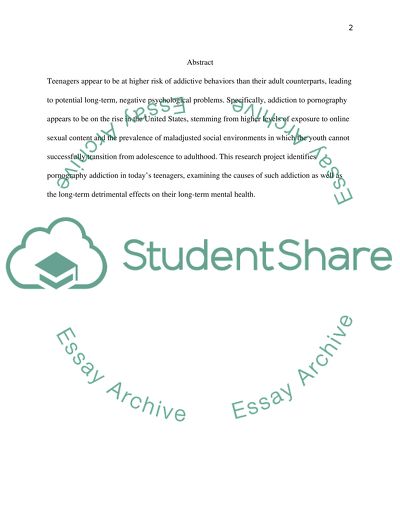Cite this document
(The Detrimental Effects of Pornography Addiction on Teenagers Research Paper, n.d.)
The Detrimental Effects of Pornography Addiction on Teenagers Research Paper. Retrieved from https://studentshare.org/gender-sexual-studies/1551286-the-detrimental-effects-of-pornography-addition-on-teenagers
The Detrimental Effects of Pornography Addiction on Teenagers Research Paper. Retrieved from https://studentshare.org/gender-sexual-studies/1551286-the-detrimental-effects-of-pornography-addition-on-teenagers
(The Detrimental Effects of Pornography Addiction on Teenagers Research Paper)
The Detrimental Effects of Pornography Addiction on Teenagers Research Paper. https://studentshare.org/gender-sexual-studies/1551286-the-detrimental-effects-of-pornography-addition-on-teenagers.
The Detrimental Effects of Pornography Addiction on Teenagers Research Paper. https://studentshare.org/gender-sexual-studies/1551286-the-detrimental-effects-of-pornography-addition-on-teenagers.
“The Detrimental Effects of Pornography Addiction on Teenagers Research Paper”, n.d. https://studentshare.org/gender-sexual-studies/1551286-the-detrimental-effects-of-pornography-addition-on-teenagers.


